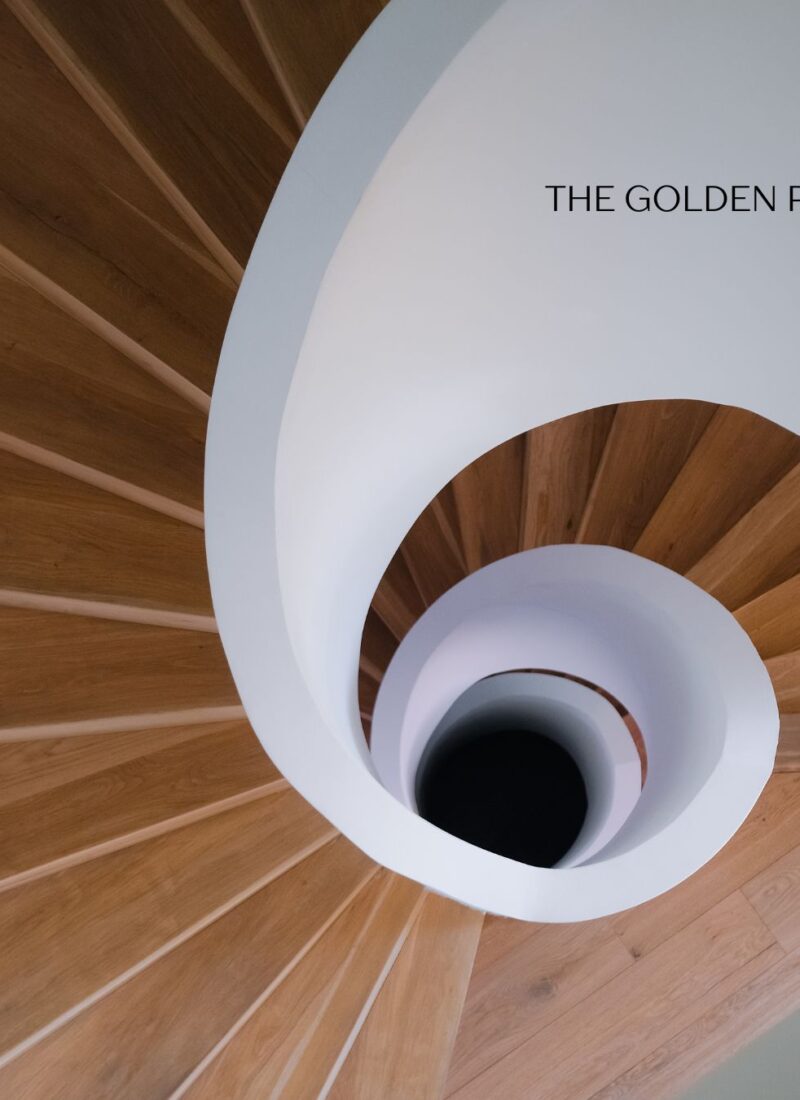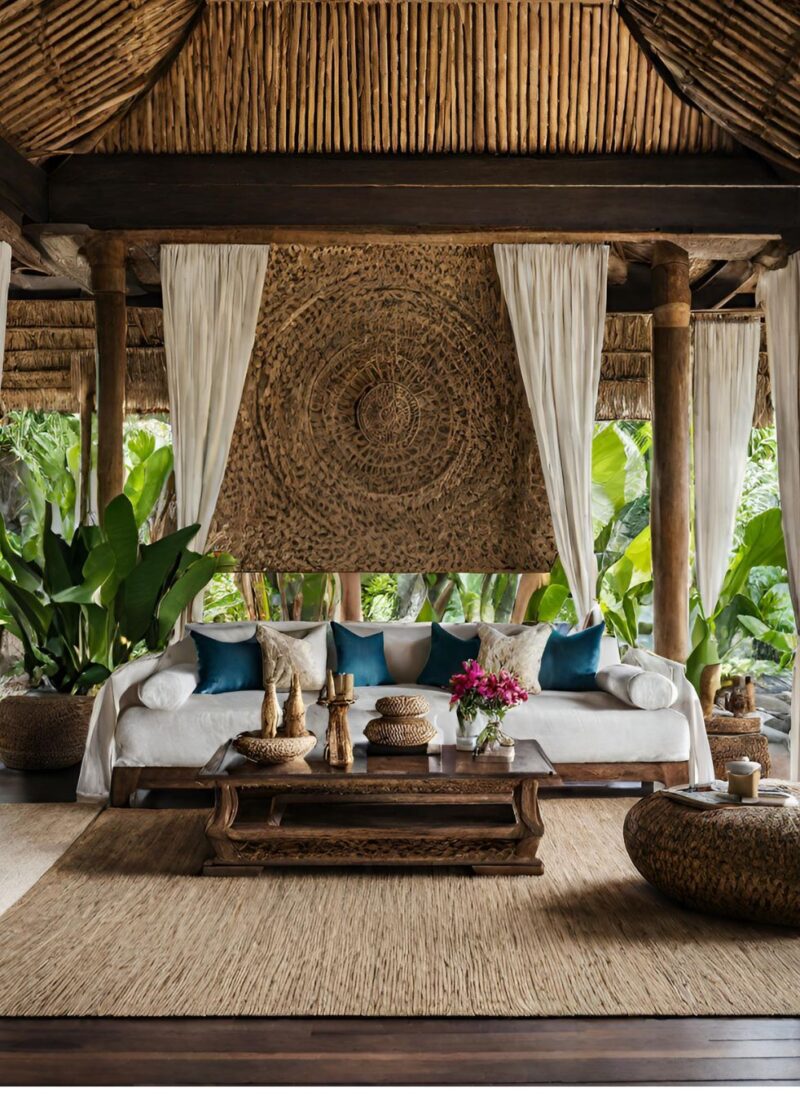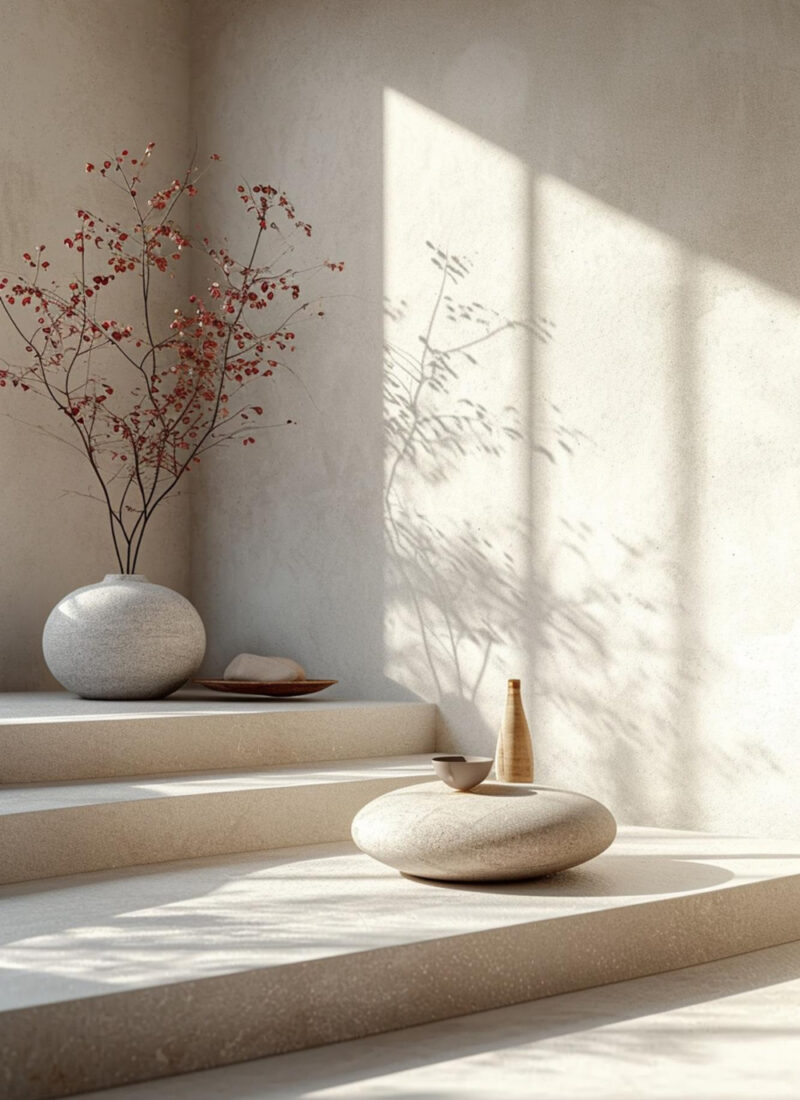The appeal of carpets is universal. As you consider the different types of carpet, you soon discover that it might be difficult to point to the one you like and purchase it simply. Choosing the right carpet needs a proper and in-depth understanding of the materials, foot traffic, and the like.

This article will guide you on how to pick the right kind of carpet for your room. This will show you the strengths
and weaknesses of each carpet type so you can make more intelligent decisions about them.
What is the Main Purpose of a Carpet on Your Floor?
A carpet offers more than just aesthetic appeal. It provides warmth, reduces noise, and offers a comfortable surface underfoot. Especially in areas like room of your home and bedrooms, the right type of carpet can elevate the room’s ambiance while providing functional benefits. Moreover, carpets can enhance the safety of your floor, reducing slip hazards.
How are Different Types of Carpet Made?
The process of crafting a carpet involves attaching fibers (like polyester and nylon, or olefin) to a carpet backing. The most common carpet varieties you’ll find today are tufted carpets. These have fibers looped through the backing, with some loops being cut to form different carpet styles. The texture and durability of your carpet depend on how these fibers are twisted and attached to the backing.
Main Types of Carpets You Should Know
Certain types of carpets are more suitable for heavy traffic areas, and there are those that are for more luxurious spaces. Here are the most common carpet types and their pros and cons.
Nylon Carpets
Nylon carpets are the most popular synthetic carpets found in homes. Not only is this stain-resistant, but nylon carpets are also known to withstand mold and mildew. On average, nylon carpets can last for over a decade. Compared to polyester carpets, nylon carpets can hold their form under heavy weight, so it’s ideal to place them in high-traffic areas such as the living or dining room. It’s also great for homes with pets.
It’s also easy to spot- or vacuum clean these carpets, but if you want them to last longer, you must steam clean them yearly. Take note also that nylon carpets can cause static electricity.
Olefin
Olefin is a cheaper substitute for wool. It has a similar feel to wool. The difference between the two is that olefin doesn’t absorb water. It’s also known to resist mold, fading from sun exposure and moisture. However, olefin does not have high fiber weight, so it easily mats down when placed in areas with high traffic. Olefin is best used in areas without direct sunlight, such as the basement and bathrooms.
PET Carpets
Commonly known as polyester, polyethylene terephthalate or PET is a durable carpet material that is also cost-effective. The colors don’t easily fade, but you need to vacuum it frequently to retain and retain its original color. PET carpets are not ideal for areas with heavy foot traffic because they cannot hold their fiber height; they lose its form when subjected to too much weight. This carpet is more suitable for the bedroom than the hallway.
Triexta
Triexta is the generic name for dry-fit carpet fiber you often see being used by DuPont and Mohawk. This is a popular material chosen for its durability. This material has a lesser environmental impact compared to other materials. It is soft to the touch. However, this carpet has a higher price point compared to others.
Wool
Compared to polyester carpets, nylon carpets can hold their form under heavy weight, so it’s ideal to place them in high-traffic areas such as the living room or the dining room. It’s also great for homes with pets.
It’s also easy to spot- or vacuum clean these carpets, but if you want them to last longer, you must steam clean them yearly. Take note also that nylon carpets can cause static electricity. Natural and luxurious, wool is one of the most expensive carpet materials but offers a unique softness and look.
Carpet Terms You Need to Know
As you search for the perfect carpet style, you’d encounter terms often used by carpet experts. Understanding them could make your buying process much easier.
Density
This refers to how near the threads are to each other. Higher density numbers mean better threading.
Pile Type
Pile type refers to the types of cut or loop joining the carpet fibers. Carpet piles can come as cut piles, loop piles or a combination of both
Related Post How to Choose the Best Type of Window for your HOME in 2023?
Why is Carpet Pile Height Crucial?
Carpet pile height can significantly impact your carpet’s feel and appearance. A higher pile offers a plush and luxurious feel, while a low pile carpet provides a sleeker look, ideal for modern decors. The length of the fibers, whether short or long, will affect how the carpet feels underfoot and how it appears in terms of texture. A pile height can vary from as low as less than 1/2 inch to as high as over 1 inch.
Loop vs. Cut Pile: What’s the Difference?
Loop pile carpets, like berber, retain their loops and offer a consistent and durable surface. Cut pile carpets, on the other hand, have their loops cut, leading to a more plush feel. Varieties include plush carpet (soft and smooth) and frieze carpet (twisted fibers give it a unique texture).
Fiber
Fiber refers to the material used in producing a particular carpet. It could be synthetic such as nylon or natural such as cotton.
Types of Carpet Fibers
There are only two categories of carpet fibers: synthetic and natural.
Synthetic Fibers
Most of the carpets you find on the market today are made of synthetic fibers. These are easy to clean and stain resistance. If you are looking for a living room carpet that would last long, choose a synthetic one because it’s more durable.
Natural Fibers
Compared to synthetic fibers, carpets made from natural fibers have lower VOCs that can harm your body. However, most are less durable than carpets made from synthetic fibers, except for wool.
Types of Carpet Piles
Carpet piles determine the type of looping the threads have to make up the carpet
Cut Pile
Cut pile carpets have the top loops cut. Different styles of cut pile carpets depend on the fibers’ height, thickness, and angles. Here are the popular cut pile styles
- Plush Carpet: A Luxurious Choice for Bedrooms
As the name suggests, plush carpets offer a luxurious and soft feel underfoot. The plush cut has a soft, formal feel because of how the fibers are densely threaded into each other. Made primarily from polyester and nylon, they provide a smooth texture that’s ideal for bedrooms. However, they might show vacuum marks more than other types.
- Saxony Carpet
The carpet fibers are twisted and look straight up. Since the fibers are densely packed, the Saxony-cut style has a velvety textured. Add this to your bedroom or family room. Avoid using this in areas where family members walk all the time.
- Texture
This has an uneven look that has an informal feel. This is durable and easily hides dirt, making this cut a great option for highly-traffic spaces.
- Frieze
It has long, twisted threading that results in a curly look, similar to a shag rug. Note that frieze carpets are not easy to clean.
Loop Pile
The threads aren’t cut in the loop pile cut. Carpets with loop piles are considered durable and strong.
- Berber or Level Loop
Informal looking, the threads have shorter loops, making carpets with this style a great add-on to spaces with high foot traffic. This is ideal for the basement and hallways.
- Multi-Level Loop
The loops in this style have varying lengths.
- Sisal Loop
The sisal loops also have varying lengths. The loops in the sisal carpet type are arranged in rows, creating a formal look to it.
Cut-and-Loop Pile
This combines the cut and loop types, creating a more textured feel and visual interest to the carpet. These carpets are also known as patterned carpets.
How to Choose the Right Carpet
So many factors come into play when choosing the right carpet. It can get overwhelming. Here are important tips on choosing the right carpet.
What Are the Colors Used in the Room?
Look at the color scheme and the total theme for the room. These are your guides as to the kind of carpet to buy. By looking at the color combinations of the room, you can narrow down the tones and shades for the ideal rug. It’s best to get color swatches of the room while looking for it.
How Is the Interior Decorated?
Your carpet should complement other design elements already placed in the room. Also, note the design theme of the room. If the design is Maximalist, you might consider having a solid-colored carpet so it won’t clash with the busy Maximalist style. If the room is traditional, you might opt for traditional patterns for the carpet.
How Much Traffic Does the Room Get?
Consider carpet pile and height with the amount of foot traffic the room gets. Consider getting a carpet that resists matting if the carpet is placed in the living room. You may also want to pick carpets that don’t show traffic patterns in spaces where people often come and go.
How Wide Is the Room?
Always know the dimensions of the room before checking out any carpet store. This way, you’d have more accurate price quotes.
What Existing Flooring Do You Have?
Do you want to add a carpet on top of the? Take note that you will raise the floor if this is the case. Also, removing the flooring means additional construction costs. Know the Upkeep and Care of the Carpet Some carpets need more maintenance than others. Some can catch stains easily while others don’t. Knowing how much time you can commit in carpet maintenance will help you keep the carpet longer.
Know the Warranties
Warranties can indicate the amount of work that has been put in when creating the carpet. In many cases, a limited warranty may indicate a short lifespan for carpets.
Know the Type of Padding
The right kind of carpet padding helps prolong the carpet’s life. Paddings can also improve the insulation of the room. Make sure that the padding you chose has high density, and should be about half an inch thick.
Making the Choice: Buying Different Types of Carpet for Your Home
Before settling on a carpet, consider the following:
• Purpose: Is it for a high-traffic area or a bedroom?
• Maintenance: Some carpets require more frequent deep cleaning.
• Budget: Natural fibers tend to be more expensive than synthetic fibers.
• Aesthetic: Your choice should complement the room’s decor.
Wrapping Up!
There are many carpet types to choose from. Two important factors contributing to your carpet choices are your budget and your needs. You can also ask the flooring experts if you are unable to decide. Tell them about your requirement and areas of your home you need to modify.
It’s important to plan ahead and not choose your carpets on a whim. Can you share your favorite carpet in the comments section?



